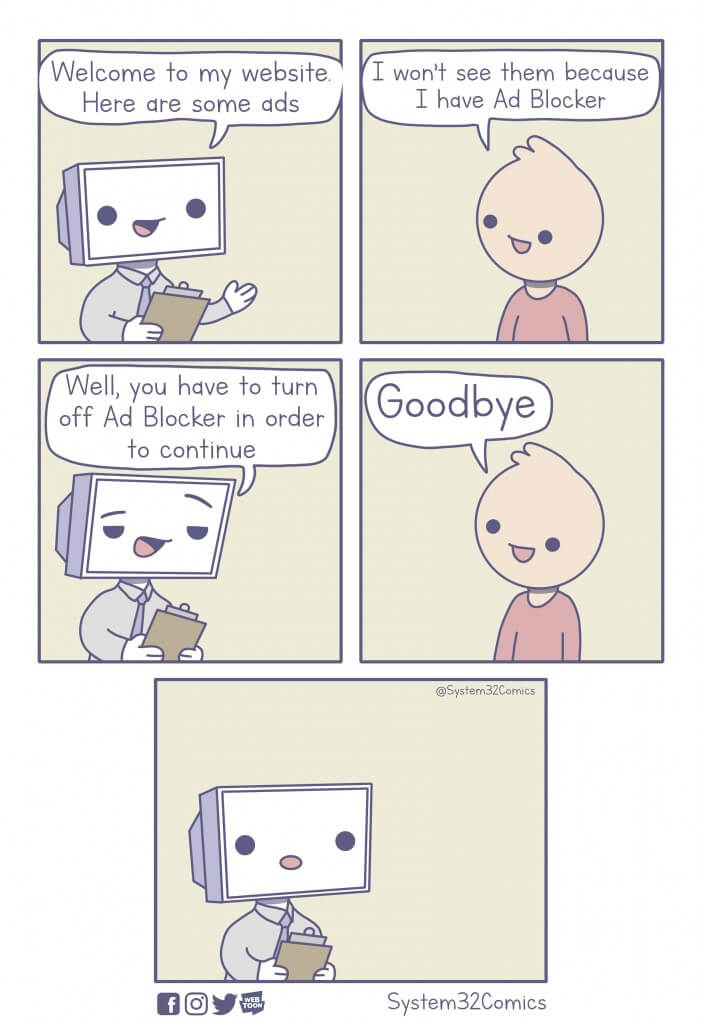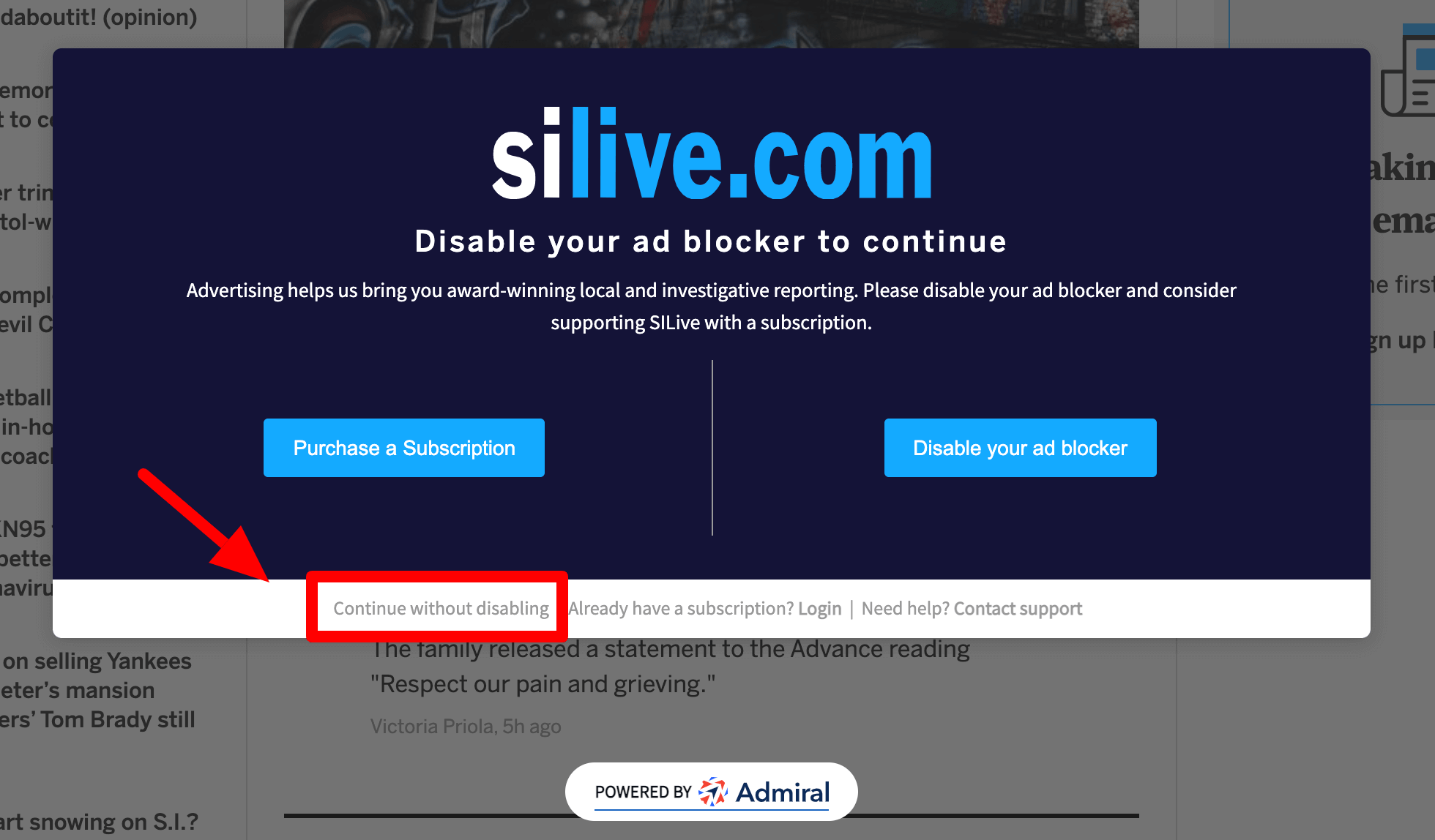Premium publishers such as Forbes, The Washington Post, and GQ are experimenting with ad block walls.
It isn’t clear whether this is an effective approach of monetization due to the following observations.
Ad-block simply detects ad-block users and prevents them from accessing the website until they have either turned off their ad blocker, subscribed to a monthly plan, or made a micro-payment.
According to an Adblock Report from PageFair, 90% of ad-blocking users have encountered an ad-block wall, and 74% of ad-blocking users will leave sites with ad-block walls.
To sum up, ad blocker walls didn’t succeed in helping publishers monetize their content.

Laura Sophie Dornheim, head of communications for Eyeo, (the company that makes the Adblock Plus plugin) said in an interview: “Technically, it would be very easy to bypass the Ad blocking walls, as we call them, but we have decided that we don’t do that because we know that websites need advertising to fund their team and development.”
Adblock Plus has already bypassed ad blocking walls on a lot of websites and may continue to do so. They publicly explain to the users how to do it here.
A lot of publishers have experienced this issue and are now working with Adcovery to find a sustainable alternative to monetize their Adblock Traffic with native advertising.





